The two PKS second grade classes kicked off the year with an exciting dive into their own habitat: San Francisco. The 我的城市 (“My City”) unit of exploration encouraged them to ask and answer big questions: What is a city? What does it take for people to live together and get along? What infrastructure is critical to keeping a community peaceful? What are the biggest problems in San Francisco?
Students on a tour of San Francisco.
Students began by reading Mandarin-language books about San Francisco, discussing their favorite parts of the city with teachers, and learning about problems the city faces. They leveraged their map-reading skills to survey different neighborhoods in the city, including the placement of city supervisor district lines.
Early in the unit, students hosted an experienced city planner to help them think about city zoning and services: Why are there office buildings along Market Street? Why are industrial buildings clustered together? How does the city spread out fire and police departments? Who is in charge of making all of these decisions? Students hypothesized about and discussed these key questions, emerging with new ideas...ideas actual San Francisco city planners might want to consider. For example, one student suggested the city invest in flying cars to help control traffic. Another proposed that more tax dollars be spent to create housing for homeless citizens. Finally, an insightful thinker pointed out that, without the 1906 earthquake, San Francisco might look a lot different than it does today. Students took copious notes, and were energized by the practical approach:
“Listening to the city planner was interesting, because she told us things cities need. I learned about why we need public transportation, because we don’t want so many cars. Cities also need bike lanes, because people need to be safe,” said one Second Grade Green student.
As the unit progressed, students homed in on topics for their final presentations. Some focused on a museum or other cultural landmark, such as AT&T Park. Others were drawn to one of San Francisco’s iconic bridges. Still others chose to focus on the city’s most pressing problems, such as homelessness.
They visited the library to check out books about their topics, and--with parental guidance--conducted internet research to uncover photographs and other useful materials. They learned the difference between “primary” and “secondary” research, and practiced identifying “reliable” information (an important skill for children growing up in the internet age!). They also practiced teamwork skills, splitting tasks with friends and collaborating to develop the props and art for their final presentations.
In late September, armed with notebooks and writing utensils, they crowded onto a school bus for an all-Mandarin guided tour of their city. They visited Pier 39, the Golden Gate Bridge, the Palace of Fine Arts, the Presidio, and Chinatown to conduct primary research, refine questions they hoped to answer about their research topic, and of course enjoy a beautiful San Francisco day.
Students enjoying their all-Mandarin tour of our city.
Each day during the My City unit, teachers focused on a different mini-topic relevant to the overall unit, e.g. who lives in San Francisco and why? They helped students consider the geographic features of our hilly city, and wove topics into math lessons, creating number sentences to support general learning about San Francisco. They discussed each person’s place in the global community: San Francisco may be a discrete city, but it is part of larger communities in California, in the United States, in North America, and in the world. A key part of progressive learning is developing a sense of democratic responsibility, and teachers strongly encouraged students to think about how they might foster change.
As the unit wound down, students developed final presentations, working hard to distill research and notes and practicing in both Mandarin and English. It takes years for most adults to get comfortable with delivering a cogent presentation, but PKS students start learning these life skills early!
“when we made our Jīnmén dàqiáo (金门大桥)--Golden Gate Bridge--model, we wanted to get the color perfectly right, because the real bridge is a special color called ‘International Orange.’”
They also designed and produced posters and models, including cleverly-engineered facsimiles of bridges and famous S.F. buildings. No detail was too small. As one Second Grade Green student explained: “when we made our Jīnmén dàqiáo (金门大桥)--Golden Gate Bridge--model, we wanted to get the color perfectly right, because the real bridge is a special color called ‘International Orange.’”
The final presentation coincided with the school’s annual Halloween parade, which means it was superheroes and Pikachus teaching classmates and parents about San Francisco bridges and landmarks. “I was a little nervous,” admitted one Second Grade Green student. “But also a little excited! We told parents there are six million rivets in each tower, which is so cool.”
One second grader focused her presentation on homelessness, and baking cupcakes with her mother, which she sold to other parents to raise money for Compass Family Services in San Francisco. “I chose the homeless because I kept asking about the homeless,” she said. “I felt bad for them because it feels unfair to me that they don't have homes. I learned that there are different estimates for the number of homeless people. There are about 795 homeless per 100,000 people in San Francisco and that is more than every other city except New York.”
This introspection is a great example of learning fostered at PKS every day. Through deep, integrated units of exploration, students are truly learning how to spot problems, form opinions, and effect change.
Follow PKS on Facebook!


